

Articles
How To Store A Snowboard
Modified: January 6, 2024
Discover the best ways to store your snowboard during the off-season with our articles. Keep your board in top condition for next winter!
(Many of the links in this article redirect to a specific reviewed product. Your purchase of these products through affiliate links helps to generate commission for Storables.com, at no extra cost. Learn more)
Introduction
As the winter season comes to an end, it’s time to start thinking about properly storing your snowboard until the snow returns. Storing your snowboard correctly is crucial to maintaining its performance and prolonging its lifespan. Whether you’re a seasoned snowboarder or a beginner, this article will guide you through the steps to store your snowboard effectively.
Proper storage involves a few essential steps, such as preparing your snowboard, choosing the right storage space, cleaning and drying your board, removing bindings and hardware, applying wax, and storing it in the correct position. Additionally, we’ll provide some tips for long-term storage and maintaining the condition of your snowboard during its time in storage.
By following these guidelines, you can ensure that your snowboard remains in top-notch shape and ready for action when the next winter season arrives. So, let’s dive in and learn how to store a snowboard properly!
Key Takeaways:
- Properly storing your snowboard is crucial for maintaining its performance and prolonging its lifespan. Follow steps such as preparing, cleaning, and choosing the right storage space to ensure your snowboard remains in excellent condition.
- Regular maintenance and proper storage practices, including applying wax, choosing the right storage space, and inspecting your snowboard, are essential for keeping your snowboard in optimal condition during storage.
Read more: How To Store Snowboard
Preparing Your Snowboard for Storage
Before putting your snowboard away for the season, it’s crucial to prepare it properly. This step will ensure that your snowboard remains in excellent condition and is ready to hit the slopes when winter returns. Here are some important steps to follow:
- Inspect your snowboard: Start by giving your snowboard a thorough inspection. Look for any signs of damage, such as cracks, chips, or delamination. If you notice any significant issues, it may be best to get your board repaired before storing it to prevent further damage.
- Remove stickers and decals: If your snowboard is covered in stickers or decals, it’s a good idea to remove them before storing. Use a hairdryer or a heat gun to heat the stickers, making them easier to peel off. Be careful not to damage the board’s surface while doing this.
- Check and tighten bindings: Inspect your bindings and ensure that all the screws are tightly secured. Loose bindings can cause problems when you’re hitting the slopes. Make any necessary adjustments and tighten them as needed.
- Protect the edges: The edges of your snowboard are prone to damage and rust. To protect them during storage, apply a thin layer of wax to the edges. This will provide a protective barrier and prevent rusting.
- Consider getting a board bag: If you have a board bag, use it to store your snowboard. A board bag offers extra protection from dust, moisture, and accidental damage. If you don’t have a board bag, you can also wrap your snowboard in a soft, clean cloth like a towel.
By taking these steps to prepare your snowboard for storage, you’ll ensure that it stays in excellent condition and is ready for your next snowboarding adventure.
Choosing the Right Storage Space
When it comes to storing your snowboard, selecting the right storage space is crucial. The environment in which your snowboard is stored can greatly impact its condition. Here are some factors to consider when choosing the perfect storage space:
- Avoid temperature extremes: It’s important to store your snowboard in an area where the temperature remains relatively constant. Extreme temperature changes can cause the materials of your snowboard to expand and contract, leading to warping or cracking. Choose a storage space that maintains a stable temperature.
- Control humidity: Moisture is the enemy of snowboards as it can lead to damage like rust or delamination. Look for a storage space that has low humidity levels. Avoid damp basements or areas prone to water leaks. If you live in a humid climate, consider using a dehumidifier or silica gel packs to absorb excess moisture.
- Protect from sunlight: Prolonged exposure to sunlight can cause the graphics on your snowboard to fade. Additionally, UV rays can degrade the materials over time. Choose a storage space that is away from direct sunlight or cover your snowboard with a cloth or board bag to protect it.
- Consider vertical storage: Storing your snowboard vertically is ideal as it helps to prevent warping. If possible, find a space where you can store your snowboard upright, such as against a wall or using a snowboard wall-mount rack. This will help to maintain the board’s shape and integrity.
- Keep it away from chemicals: Avoid storing your snowboard in areas that may contain harmful chemicals, such as garages with gasoline or paint. These chemicals can damage the materials of your snowboard. Choose a storage space that is free from such substances.
By selecting a suitable storage space with the right temperature, humidity levels, protection from sunlight, and avoiding contact with harmful substances, you can ensure that your snowboard remains in optimal condition while in storage.
Cleaning and Drying Your Snowboard
Before storing your snowboard, it’s essential to give it a thorough cleaning to remove any dirt, grime, or leftover wax. Cleaning your snowboard not only helps maintain its appearance but also prevents any residue from causing damage during storage. Here’s how you can clean and dry your snowboard:
- Remove any loose dirt: Use a soft-bristle brush or cloth to gently remove any loose dirt or debris from the base and top sheet of your snowboard. Pay special attention to the edges and bindings.
- Use a mild cleaning solution: Fill a bucket with warm water and a small amount of mild soap or snowboard-specific cleaner. Dip a clean cloth or sponge into the solution and gently scrub the surface of your snowboard. Be careful not to scrub too hard or use abrasive materials that could damage the board’s finish.
- Rinse with clean water: After cleaning, rinse your snowboard thoroughly with clean water to remove any soap residue. Avoid submerging your snowboard in water or using high-pressure water sources, as they can cause damage.
- Dry your snowboard: Once you’ve rinsed the snowboard, use a clean towel or cloth to gently dry the surface. Ensure that all parts of the snowboard, including the bindings and edges, are completely dry. You can also let it air dry in a well-ventilated area. Avoid using direct heat sources like heaters or hairdryers, as this can damage the materials.
By regularly cleaning and drying your snowboard, you remove any dirt or grime that can lead to damage or degradation. This ensures that your snowboard is in pristine condition when you retrieve it for the next snow season.
Removing Bindings and Hardware
Before storing your snowboard, it’s important to remove the bindings and any hardware attached to it. This allows for proper maintenance and prevents any stress on the board during storage. Follow these steps to safely remove the bindings and hardware from your snowboard:
- Gather the necessary tools: Grab a screwdriver or the appropriate tool required for your specific binding type. Different bindings may have different fastening systems, so be sure to use the right tool.
- Inspect the bindings: Before removing them, take a moment to inspect the bindings for any signs of wear or damage. Check the screws, buckles, and straps to ensure they are functioning properly. If any part is worn or broken, consider replacing it before reattaching the bindings.
- Loosen the screws or fasteners: Begin by loosening the screws or fasteners that secure the bindings to the snowboard. Start with the screws on the baseplate or the connection points. Turn them counterclockwise to loosen them, but do not remove them entirely just yet.
- Remove the bindings: Once the screws are sufficiently loosened, carefully lift the bindings off the snowboard. Keep track of each binding’s placement and any specific adjustments you made to them. It’s a good idea to take photos or mark their position if you’re unsure.
- Store the hardware: Place all the screws, washers, and other hardware in a small bag or container. It’s essential to keep them together and in a safe place to avoid misplacing them. You can attach the bag/container to your board bag or store it separately with your snowboard.
Removing the bindings and hardware allows you to properly clean and wax your snowboard and ensures that stress isn’t placed on the board during storage. Keep your bindings and hardware in a safe place so that they are readily available when it’s time to reassemble your snowboard.
Store your snowboard in a cool, dry place to prevent rust and damage. Keep it away from direct sunlight and moisture to maintain its condition for the next season.
Read more: How To Store Snowboard Boots
Applying Wax for Storage
Applying a coat of wax to your snowboard before storage is a crucial step in maintaining its performance and protecting its base. Waxing helps to keep the base hydrated, preventing it from drying out and becoming damaged. Here’s a step-by-step guide on how to apply wax for storage:
- Clean the base: Before waxing, make sure to clean the base of your snowboard thoroughly. Remove any dirt or debris using a soft-bristle brush or cloth.
- Choose the right wax: Select a snowboard-specific wax that is suitable for storage. There are different types of waxes available, such as cold wax or universal wax. Read the manufacturer’s instructions to determine the best option for your snowboard and the current climate.
- Prepare the wax: If the wax is in a block or bar form, use an iron to melt it. Set the iron to a low temperature, usually around 120-130 degrees Celsius (250-270 degrees Fahrenheit). Rub the wax against the base of the iron until it melts and spreads evenly.
- Apply the wax: With the melted wax on the iron, start applying it to the base of your snowboard. Run the iron from nose to tail in long, smooth strokes, allowing the wax to spread and coat the entire base evenly. Be sure to cover the edges as well.
- Let it cool and scrape off excess wax: Allow the wax to cool and harden for at least 20-30 minutes. Once cooled, use a scraper to remove any excess wax from the base. Scrape firmly and evenly from nose to tail, making sure to remove all the excess wax.
- Brush the base: After scraping, use a nylon brush to gently brush the base of your snowboard. Brushing helps to remove any remaining wax residue and smooth out the base for optimal performance.
By applying a coat of wax before storage, you ensure that the base of your snowboard remains hydrated, protected, and ready for the next snowboarding season. Remember to follow the manufacturer’s instructions for waxing and choose the appropriate wax for your specific snowboard and storage conditions.
Storing Your Snowboard Properly
Proper storage of your snowboard is essential for maintaining its performance and prolonging its lifespan. Here’s how you can store your snowboard properly:
- Choose a suitable position: Store your snowboard in a vertical position if possible. This helps to prevent warping and maintains the shape of the board. You can lean it against a wall or use a snowboard wall-mount rack. If vertical storage is not feasible, lay it flat on the ground or on a rack, ensuring that there is no stress on the board.
- Avoid heavy objects: When storing your snowboard, avoid placing heavy objects on top of it. This can cause pressure and potentially damage the board’s shape or structure. Keep your snowboard in a dedicated storage area or rack where it won’t be subjected to excessive weight.
- Protect the edges: Consider using edge guards or wrapping the edges of your snowboard with a soft cloth or foam to prevent accidental damage. This provides an extra layer of protection against bumps or impacts during storage.
- Keep it dry: Make sure your snowboard is completely dry before storing it. Moisture can lead to rust, delamination, or other forms of damage. If your snowboard is wet, leave it in a well-ventilated area to air dry before putting it away.
- Store in a cool, dry place: Find a storage area that is cool, dry, and away from direct sunlight. Extreme temperatures or high humidity levels can cause damage to your snowboard. Avoid storing it in basements, attics, or areas prone to temperature fluctuations.
- Use a board bag or cover: If possible, store your snowboard in a board bag or cover. This provides additional protection against dust, scratches, and accidental damage. Make sure the bag or cover is clean before placing your snowboard inside.
- Avoid contact with chemicals: Keep your snowboard away from chemicals such as gasoline, solvents, or cleaning agents. These substances can damage the materials of your board. Choose a storage area that is free from such chemicals.
By storing your snowboard in a proper position, protecting the edges, keeping it dry, and storing it in a cool, dry place, you’ll ensure that your snowboard stays in excellent condition and is ready for your next snowboarding adventure.
Maintaining Your Snowboard during Storage
While your snowboard is in storage, it’s important to perform periodic maintenance to ensure it remains in optimal condition. Here are some key steps to maintain your snowboard during storage:
- Inspect your snowboard regularly: Take the time to inspect your snowboard periodically. Look for any signs of damage, such as cracks, delamination, or rust. If you notice any issues, address them promptly to prevent further damage.
- Rotate the storage position: If you’re storing your snowboard in a vertical position, consider rotating it occasionally. This helps to distribute any pressure or stress on the board and prevents warping. Rotate the board 180 degrees every few weeks.
- Check the bindings and hardware: Periodically check the bindings and hardware stored with your snowboard. Ensure that all screws and fasteners are tight and secure. If you notice any signs of wear or damage, replace them as needed.
- Apply a coat of wax: Every few months, apply a fresh coat of wax to the base of your snowboard. This helps to keep the base hydrated and protected during storage. Follow the waxing steps mentioned earlier in this article.
- Keep it protected: If you’re storing your snowboard without a board bag or cover, periodically check for dust or debris and gently wipe them off using a soft cloth. Avoid using abrasive materials that could scratch the surface.
- Avoid extreme temperature changes: Try to keep your snowboard in a storage area where it won’t be exposed to significant temperature fluctuations. Extreme temperature changes can cause the materials to expand and contract, leading to damage or warping.
- Keep it away from pets and children: If you have pets or young children, make sure to keep your snowboard stored in an area where they can’t accidentally damage it. Store it in a secure location or use a protective cover to prevent any mishaps.
By following these maintenance steps, you can ensure that your snowboard remains in excellent condition during its time in storage. Regular inspections, proper waxing, and protecting it from potential damage will set you up for a successful and enjoyable snowboarding experience when the next winter season arrives.
Tips for Long-Term Storage
Long-term storage requires extra care to ensure that your snowboard remains in top condition throughout its extended period of dormancy. Here are some helpful tips for long-term storage:
- Store your snowboard in a climate-controlled area: If possible, choose a storage space with a stable temperature and low humidity. Extreme temperature fluctuations and high humidity can lead to damage such as warping or delamination.
- Keep your snowboard elevated: Place your snowboard on a rack or use a snowboard wall-mount instead of letting it rest directly on the ground. This helps to maintain its shape and prevent any moisture or pests from reaching it.
- Regularly check for pests: Inspect your storage area for any signs of pests such as rodents or insects. These creatures can cause significant damage to your snowboard. Consider using pest control measures to protect your gear.
- Avoid storing near heat sources: Keep your snowboard away from heaters, furnaces, or other heat sources. Excessive heat can damage the materials, causing warping or delamination. Choose a storage area that remains cool throughout the year.
- Securely store your bindings and hardware: Keep the bindings and hardware in a safe place, such as a small bag or container. Store them alongside your snowboard or in a designated compartment so that they are easily accessible when you need to reattach them.
- Inspect and wax periodically: Even during long-term storage, it’s important to inspect your snowboard periodically for any signs of damage. Additionally, applying a fresh coat of wax every few months will help to keep the base protected and in optimal condition.
- Take precautions for off-site storage: If you need to store your snowboard in a separate location, such as a rental unit, ensure that it is properly sealed in a bag or cover to protect it from dust, moisture, and pests.
- Keep records of maintenance: Maintain a record of any repairs, waxing dates, or inspections you perform on your snowboard. This helps you keep track of its maintenance history and ensures that you stay on top of any necessary upkeep.
- Reassess storage conditions annually: Evaluate your storage area and conditions each year before storing your snowboard. Make any necessary adjustments to ensure that your gear remains protected and in optimal condition.
By following these tips for long-term storage, you can be confident that your snowboard will be safe, protected, and ready for action when the next snowboarding season arrives.
Read more: How To Store Store-Bought Bread
Conclusion
Properly storing your snowboard is essential for maintaining its performance, prolonging its lifespan, and protecting your investment. By following the steps outlined in this article, you can ensure that your snowboard remains in excellent condition during its time in storage.
Start by preparing your snowboard for storage, inspecting it for any damage, removing stickers and decals, and checking and tightening the bindings. Clean and dry your snowboard thoroughly to remove dirt and moisture that can cause damage. Remove the bindings and hardware, ensuring they are stored safely along with your snowboard.
To protect the base of your snowboard, apply a coat of wax specifically designed for storage. Choose a suitable storage space that maintains a stable temperature, controls humidity, and protects your snowboard from sunlight. Store your snowboard in a vertical position or on a rack, avoiding heavy objects that may damage it.
Regularly inspect and maintain your snowboard during storage by checking for any damage, rotating the storage position, and maintaining the bindings and hardware. Keep your snowboard protected from pests, extreme heat, and other potential hazards.
For long-term storage, choose a climate-controlled area, securely store your bindings and hardware, and periodically inspect and wax your snowboard. Keep records of maintenance and reassess storage conditions annually to ensure the continued protection of your snowboard.
By following these guidelines and incorporating these practices into your snowboard storage routine, you can rest assured knowing that your snowboard will be in top condition and ready for your next snowboarding adventure when winter rolls around again.
Remember, proper storage equals a longer life for your snowboard, so take the time to implement these steps and enjoy the benefits of a well-maintained and high-performance snowboard season after season.
Frequently Asked Questions about How To Store A Snowboard
Was this page helpful?
At Storables.com, we guarantee accurate and reliable information. Our content, validated by Expert Board Contributors, is crafted following stringent Editorial Policies. We're committed to providing you with well-researched, expert-backed insights for all your informational needs.


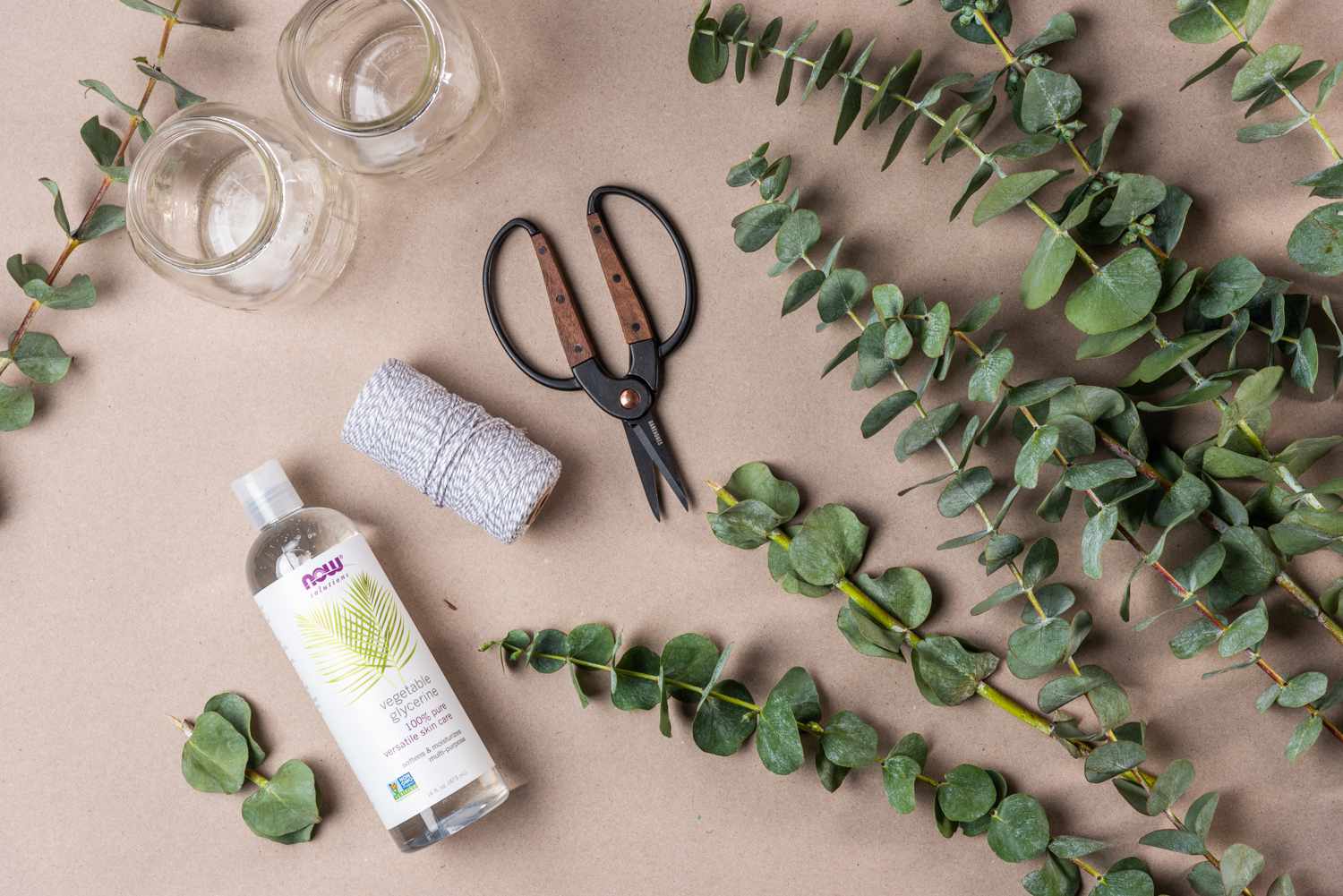
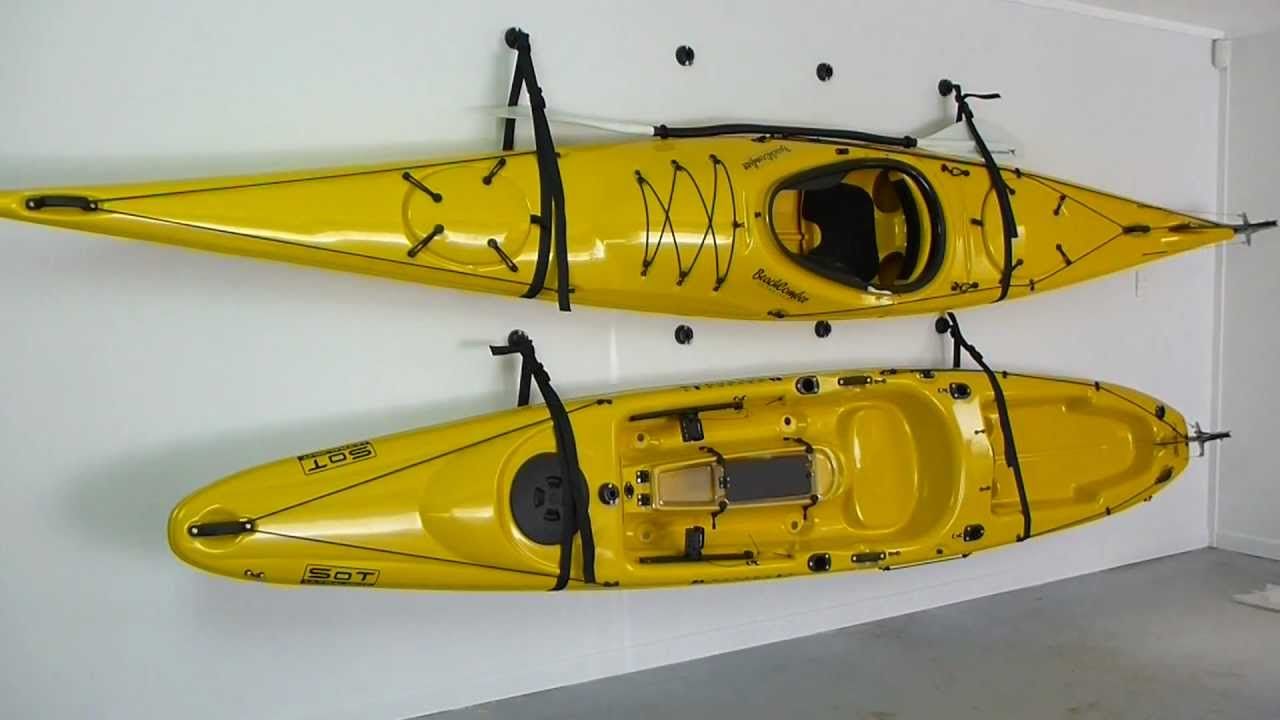



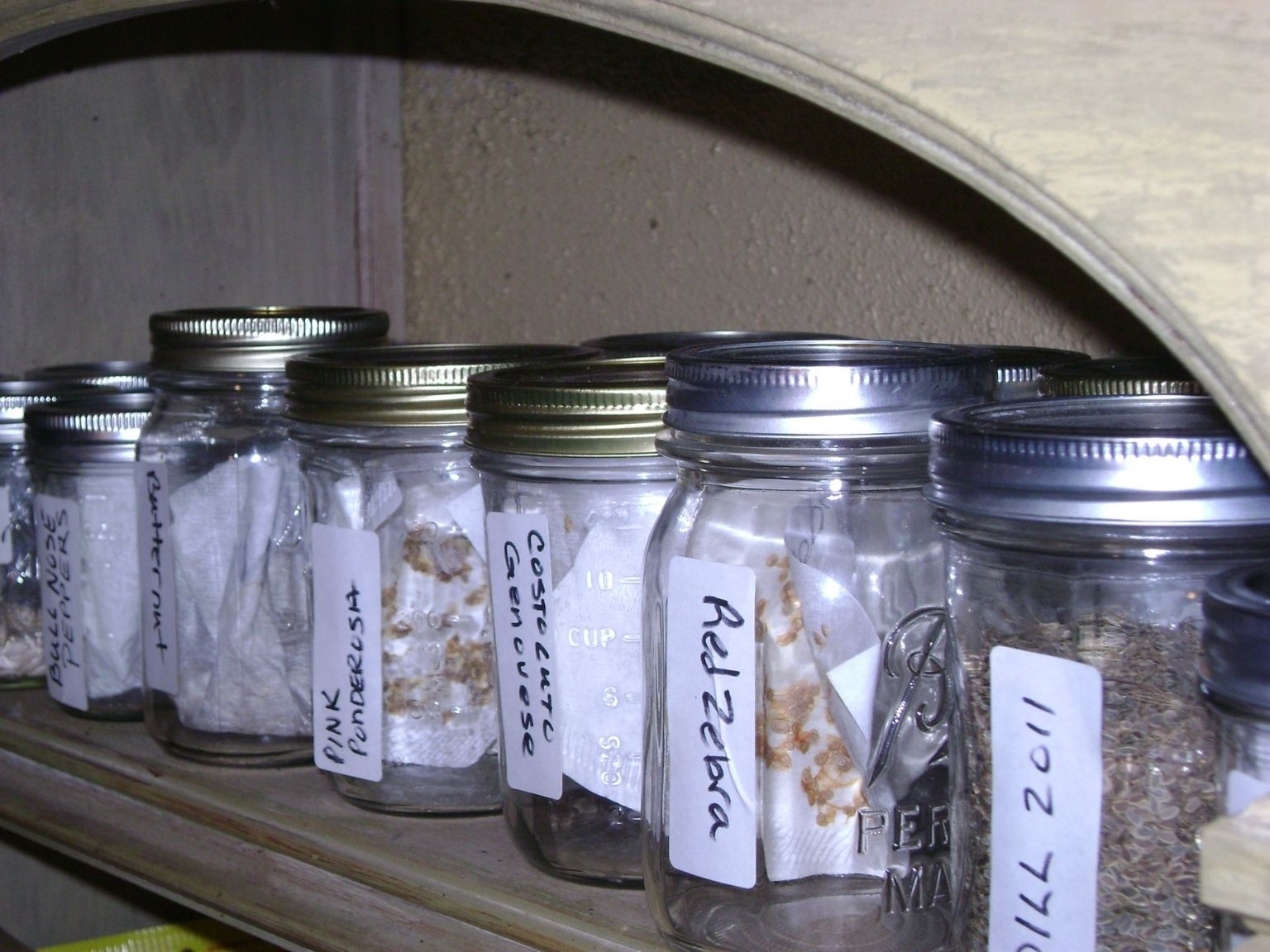
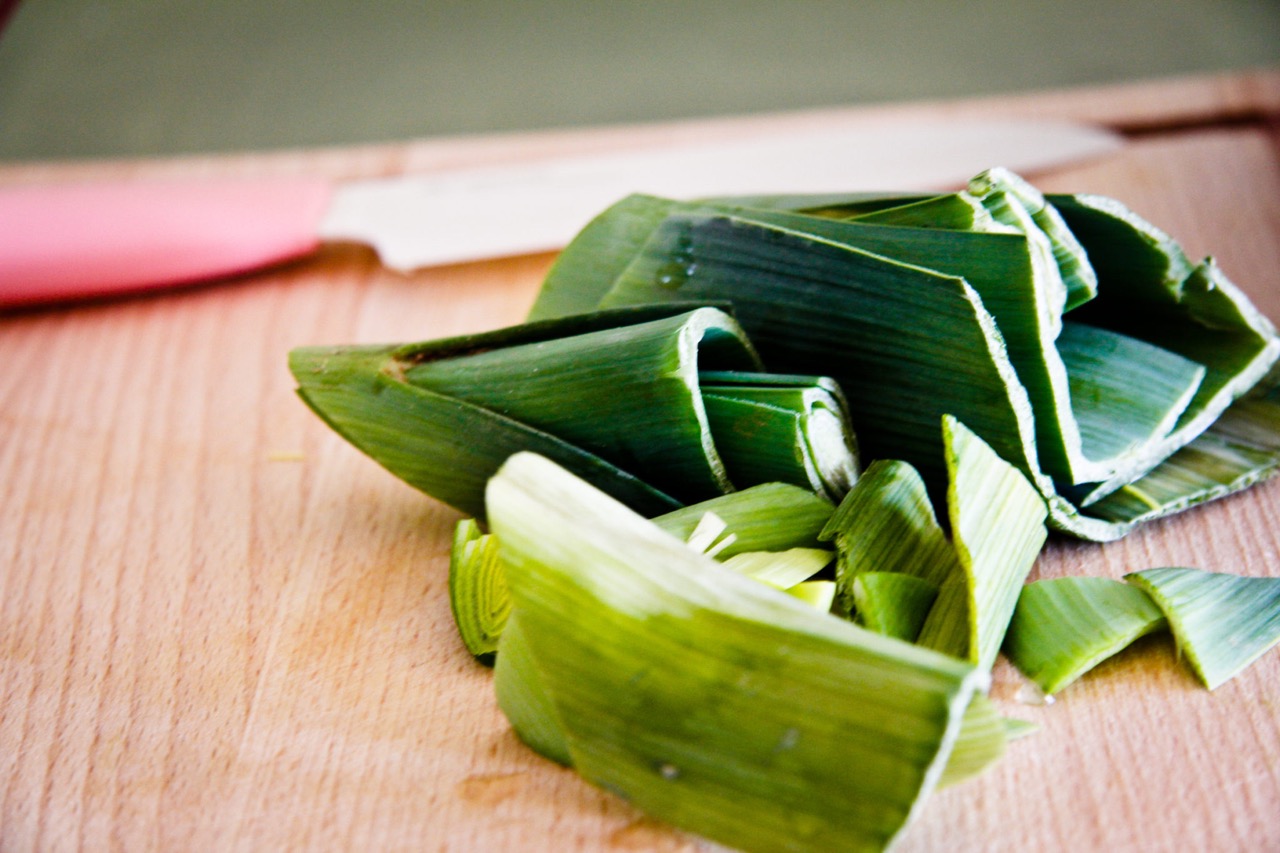

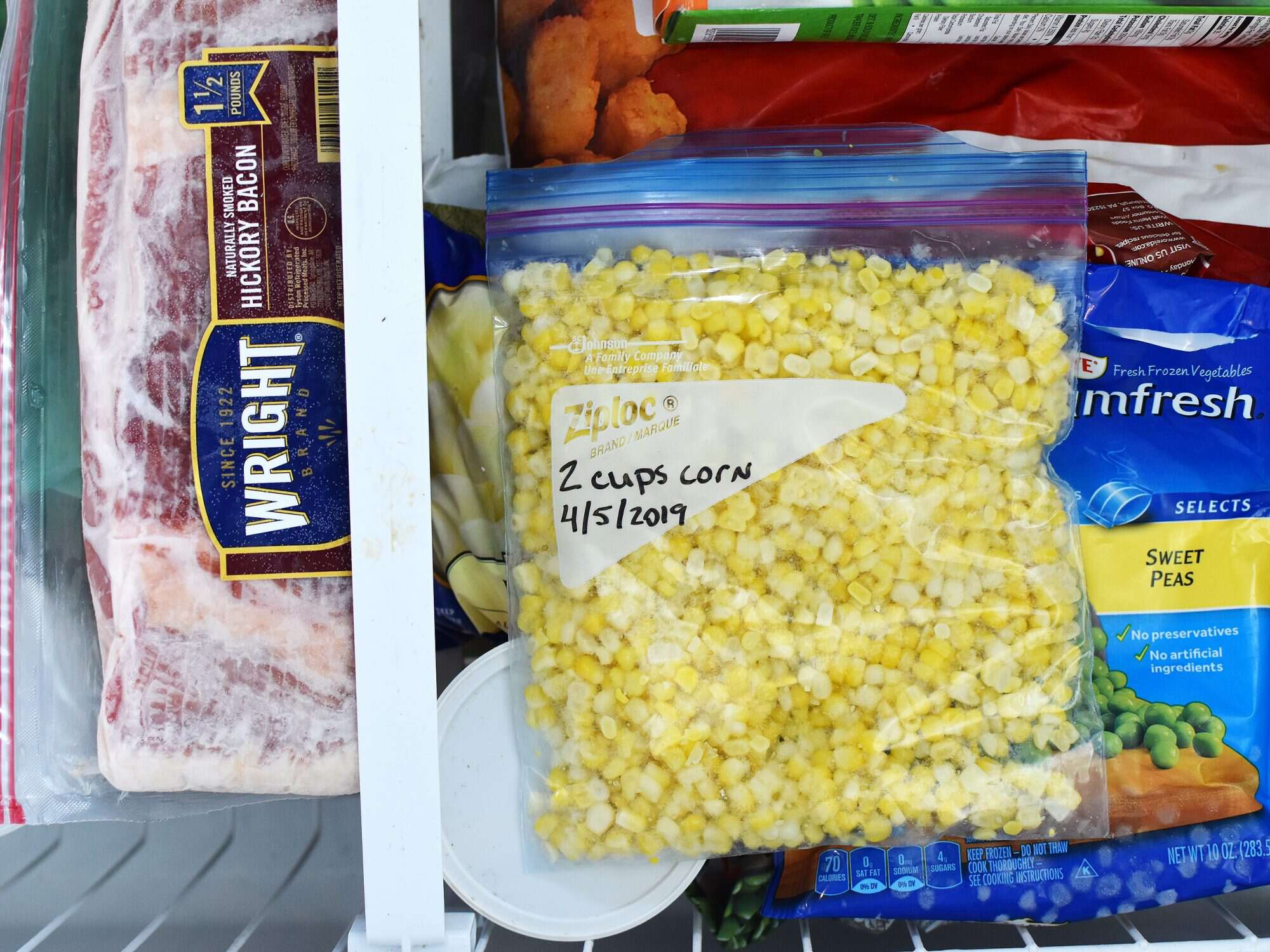

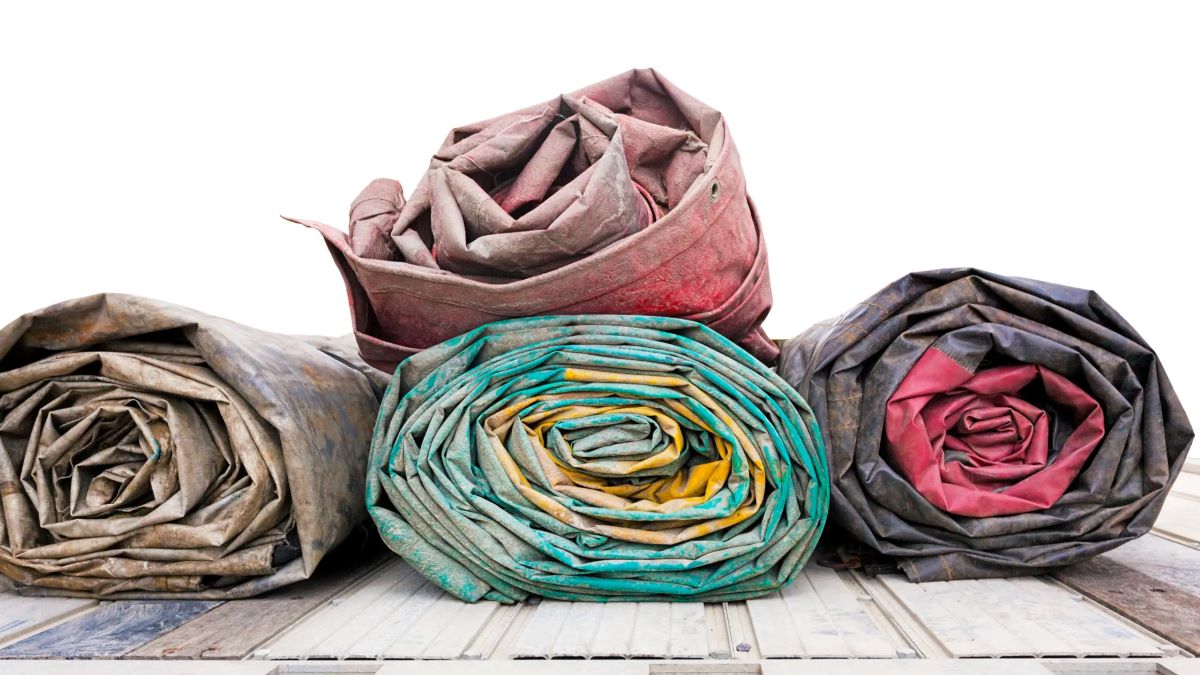

0 thoughts on “How To Store A Snowboard”